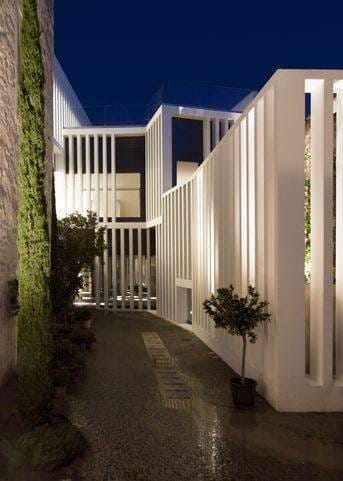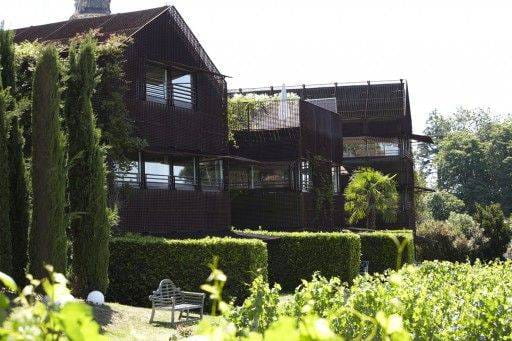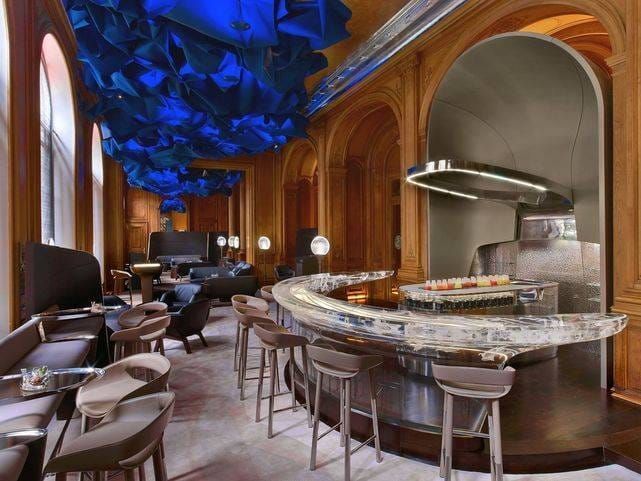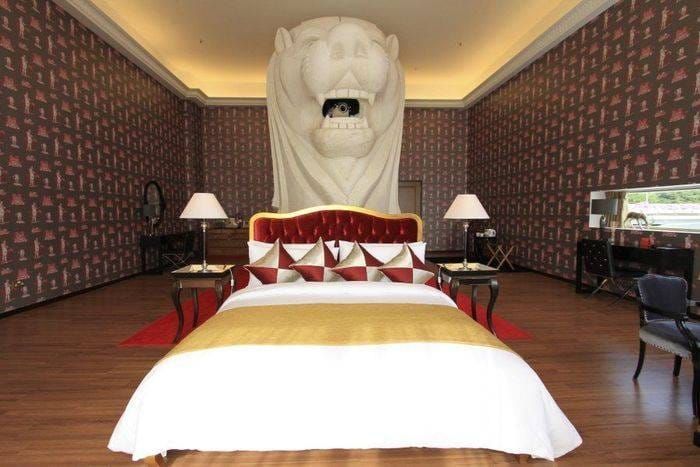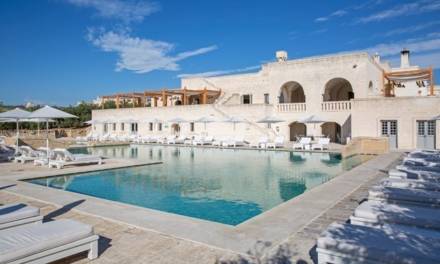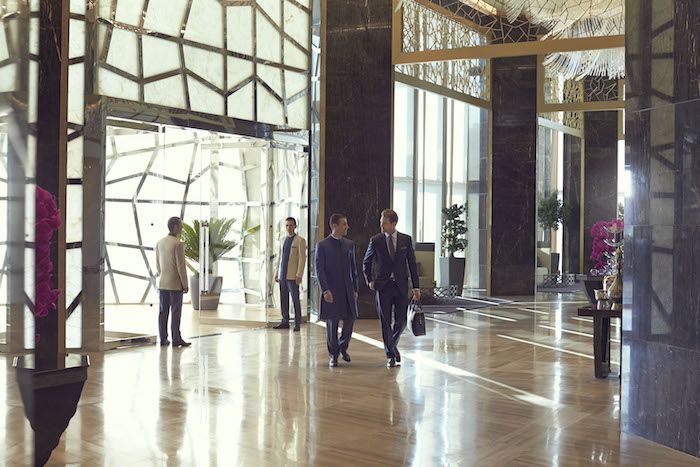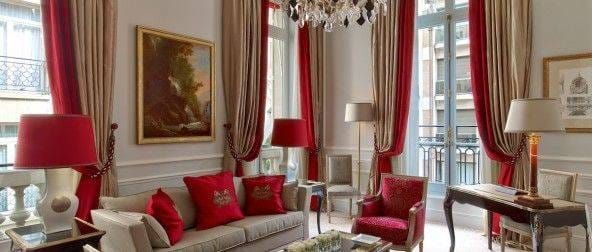Relais & Châteaux and its architecture
I invite you each day of this week to discover my interview with Philippe Gombert, President of the brand Relais & Châteaux, around the French art of welcoming and Relais & Châteaux.
From an architectural point of view, your hotels are often very different, whether from one hotel to the next or from one country to another. What are the elements these hotels share in common in terms of “products”? How do you see hotel architecture evolving? Could you give us an example?
By definition, Relais & Châteaux being an association, each house is proud to be independent and unique. Our members gather, as we’ve discussed earlier, around mutual shared values, but also around quality and authenticity. Our quality charter is very rigorous; it comprises more than 300 criteria, and it is certified by COFRAC (Comité Français d’Accréditation). Our team of 10 inspectors is charged with the task of overseeing matters to ensure that the quality of our houses remains impeccable. Each house is therefore anonymously visited at least once every three years. As a result, our common foundation lies predominantly in excellence, as well as the spirit of the site. For us, modernity is not only a matter of design; it also forms part of the experience that we offer to our clients.
In terms of architecture, several of our houses illustrate this point very well, such as the Hostellerie de Plaisance in Saint Emilion, renovated entirely by Alberto Pinto, the Cap d’Antibes Beach Hotel designed by Sybille de Margerie, or even the decoration of the rooms of the Pyramide in Vienna by Régis Dhô and the Saint James Bouliac by Jean Nouvel…But we could even refer to the De Librije Hotel in the Netherlands, a former prison from 1739 that was transformed into a hotel of prestige where each of the rooms and suites constructed from former cells have been transposed thanks to a refined design.
Or there’s even the Atrio in Spain, located in the interior of ramparts from the ancient city of Cáceres, which has been endowed with extraordinary buildings featuring Almohade, Gothic, Renaissance, and Colonial styles. Atrio can very well flaunt its sublime architecture designed by Emilio Tuñón Álvarez and Luis Moreno Mansilla, two masters of modern design. But we’ll go even further by taking the example of the Serai in India, which invites its guests to experiment with camp life under magnificent tents, having in its center a pool that overhangs its surroundings, inspired by the traditional architecture of bathhouses and the Step Wells of Rajasthan.
The Saint James
Discover more pieces from this interview on:
– Interview with Philippe Gombert, President of Relais & Châteaux (1)
– Relais & Châteaux and Its Values (2)
– Relais & Châteaux and Innovations (3)
Laurent Delporte, an editor and conference speaker, is a strategic expert in the sector of hotels. A visionary, he brings his unique look on hotels in service to the decision-makers in the industry, whether to enhance the development of new projects or strategic visions.
Laurent has visited and audited over 350 hotels across the world and also participates in mystery visits to provide quality control for the world’s finest hotels.


 HOME
HOME


